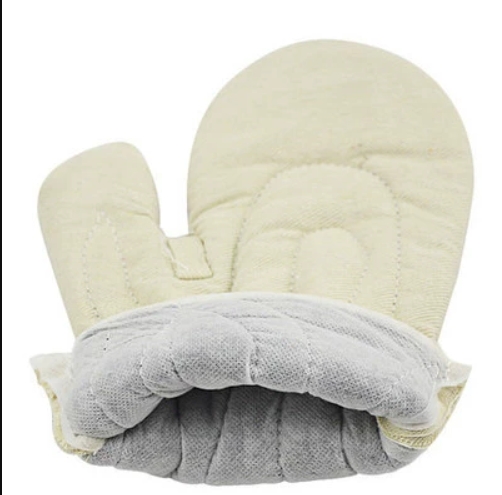Common heat-insulating gloves materials
Aramid. Aramid is a high-performance synthetic fiber with excellent high-temperature resistance and strength. It can withstand temperatures up to 500 degrees Celsius, so it` s very suitable for hand protection in high-temperature environments. In addition, aramid also has good wear resistance and corrosion resistance, which can maintain the service life of gloves for a long time.
Silicone. Silicone gloves have good high-temperature resistance and anti-slip properties, which can withstand temperatures up to 250 degrees Celsius. Silicone gloves are soft and elastic, comfortable to wear, and can prevent hands from being burned effectively. In addition, silicone gloves are waterproof and suitable for wet and underwater operations.
Leather. Leather gloves have good wear resistance and heat insulation properties, which can withstand moderate temperatures. Leather is soft, comfortable and has good breathability, which can keep hands dry. However, leather gloves have relatively low heat resistance and are suitable for operations in general high temperature environments.
Key factors for choosing heat-insulating gloves
When choose heat-insulating gloves, in addition to considering the material, you should also pay attention to the following key factors.
Temperature range. Choose suitable heat-insulating gloves according to the temperature range of working environment to ensure that they can withstand the corresponding high temperature.
Comfort. The comfort of gloves is very important for long-term wear. Choose gloves with right size, soft material and good breathability to ensure comfortable wearing.
Durability. Choose gloves with good wear resistance to extend their service life. At the same time, check the wear of gloves regularly and replace damaged gloves in time.
In summary, choosing the right material for heat-insulating gloves is crucial to protecting the safety of your hands. Materials, such as aramid, silicone and leather are all good choices, which should be determined according to the use environment and personal needs.



